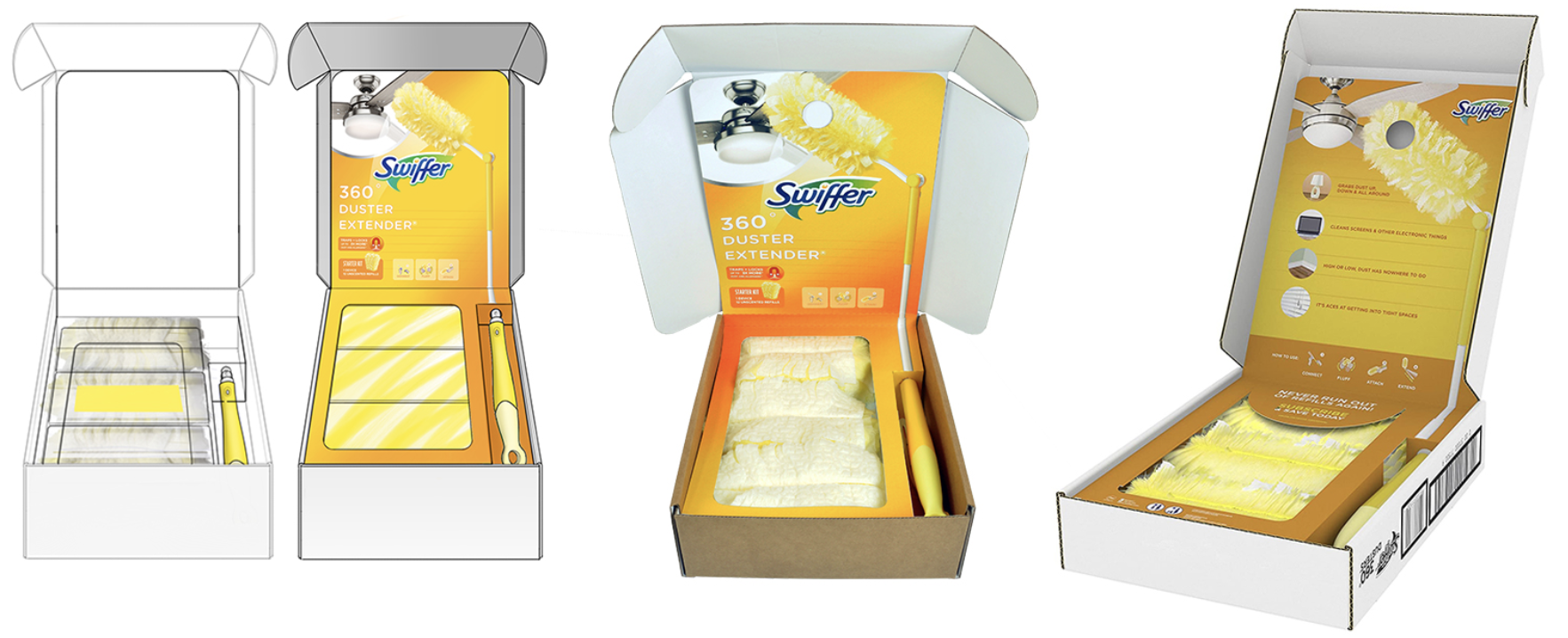Holiday product returns are one of the hardest-to-manage problems for both retailers and vendors. Most retailers and vendors see huge sales increases in November and December. When Christmas is over, retailers and product vendors dread what comes next of course. They worry about the post-holiday returns!
High product returns, especially in late December through late January, has always been and will always be an issue. The returns are more noticeable in January since the sales volume is much lower than December. Some retailers and vendors have a negative sales month in January where product returns are much higher than the actual sales coming in for that month.
With the growth of online retailing, especially during pandemic, product returns have increased. Online shoppers return products for many reasons. Some customers said that they have received wrong items, while others received damaged items. There are customers returning products because they did not want them due to poor quality, or does not fit them. Perhaps those reasons are the result of the fact that shopping online does not allow the shopper to touch or see the product. Product returns pose big problem to online retailers because they not only lose money, but they also lose the trust of the customers due to an unhappy experience.
Retailers like Amazon have made it easy for customers to return products back to them. Amazon customers can get a prepaid UPS ticket and drop it off at their nearest UPS office or they can return the product at their nearest Kohls store. Once Amazon receives the product, they will either return the product back to the vendor for full credit or have it destroyed in field and get a defective allowance from the vendor.
According to recent survey, product returns cost vendors billions of dollars due to receiving, assessing, restocking, repairing, re-boxing, and reselling products. Likewise, surveys revealed that the return rate of products is increasing over the years. That is why vendors should find ways to cut the costs and reduce the prevalence of product returns.
How to Reduce the Incidence Rate of Product Returns
Educate the customer
Proper knowledge of the customer before and after purchasing the item is important. It can help the customer to have better understanding about the product he or she purchased. Providing instructional videos can help in educating buyers on how they can benefit from the product they bought.
Offer set-up and delivery services
Providing value-added services to customers can reduce the incidence of receiving product returns. This can be a win-win situation because while the vendor is giving value-added services, they can also generate additional revenue. Improving brand image can help in reducing returns. Doing the right thing will not only reduce the cost of the returns but also make customers happy and eventually boost the sales.
Proactive customer service
Assisting customers before they become dissatisfied and return the product. This means that vendors should reach out to customers during the first 24 hour after making the purchase. This way, they will know if the customer is satisfied about the product and prevent the possibility of returning the item.
Offer multiple service options
Customers have different ideas when choosing products. They are not only choosing what is convenient to them, but also how the product will answer their needs. Customers are also very particular with the services. Customer support can be provided through the telephone, the mail, or the web. Thus, vendors should ensure providing multiple service options so that they can keep in touch with their customers and weed out the possibility of returning the products.
Determine the impact of returns
Vendors should follow metrics in assessing the problem and tracking the trends just like retailers are doing. In addressing the returns, it is important to start with a baseline to gauge the impact of returns. This way, they can identify the cost-effective way of improving or introducing new approaches. Vendors can use metrics such as return rates by item, length of time from the purchase, reason of returning the item, etc,. Knowing this information can help vendors to address and avoid product returns.
The expectation of consumers purchasing products online has risen, and choosing the right product becomes more complex. This is one of the reasons why product returns exist. In a way, returning products is normal, but if the number of returns spike, the vendors should exert effort to cease or prevent the surge of product returns. In order to achieve high performance, companies and businesses should comprehensively address the issue. This requires transforming the system for it to become effective and avoid the product return issue.
Still interested in launching your product in retail? Our team has over 100+ years of retail buying/merchandising experience. Retailbound has helped thousands of product vendors learn how to sell to and work with retailers of all shapes and sizes. Contact us at info@retailbound.com or call us at 1-630-246-4068 to get more information.



